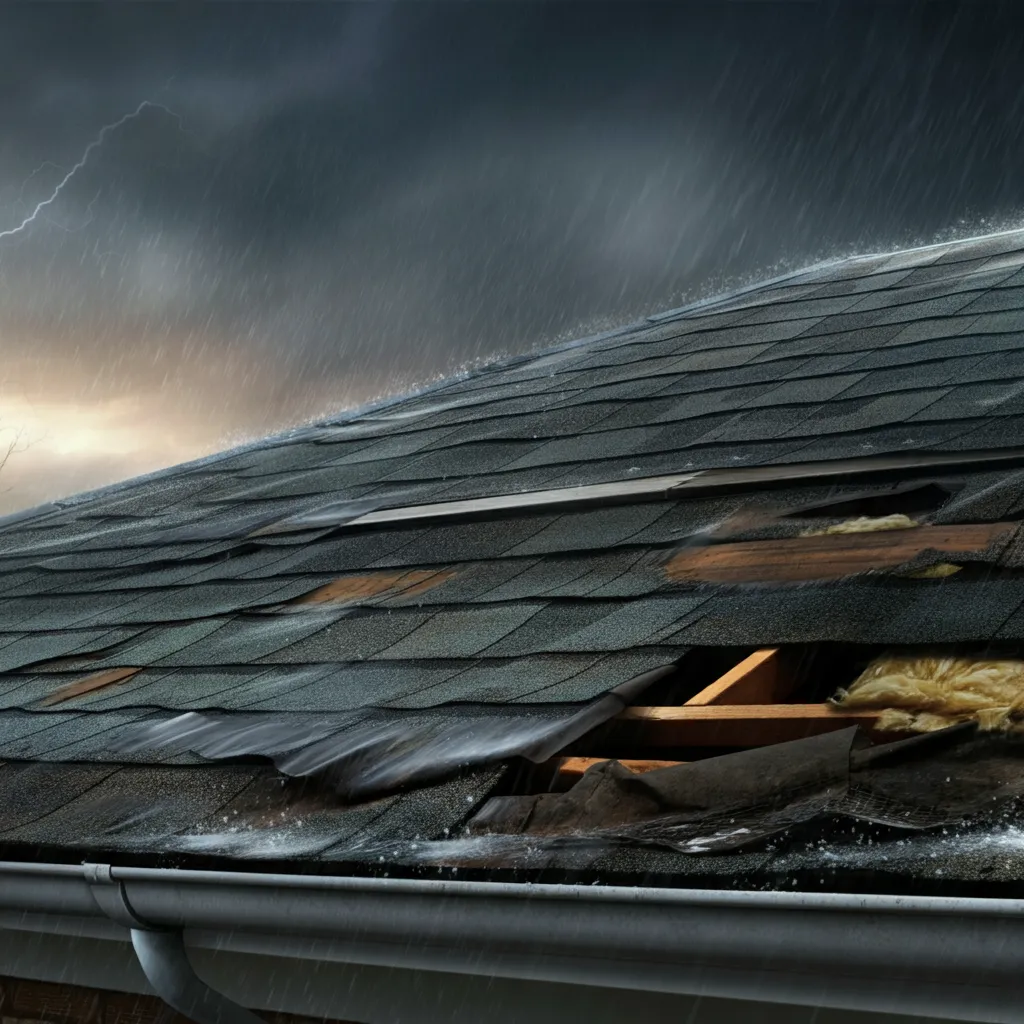
Imagine this—your once-pristine ceiling is now marked by an ominous water stain. Or perhaps you’ve found a tell-tale puddle where there shouldn’t be one. A leaking roof can spell disaster for your home or business, leading to costly repairs if left unchecked. But what’s causing the problem? And how can you prevent it?
This blog dives into the likely reasons behind your roof drama. From aging shingles to clogged gutters, we’ll help you uncover the culprits and decide whether it’s time to roll up your sleeves or call in the pros.
Is Your Roof Having a Meltdown?
Your roof is your property’s first line of defense against the elements, but even the sturdiest roofs wear and tear over time. If you’ve noticed water seeping in, it’s critical to act fast. But before you grab a ladder, understanding the potential causes can save you time, money, and unnecessary headaches.
Below, we’ll explore the reasons why your roof might be crying (literally) for help.
The Sneaky Culprits Behind Roof Leaks
Roof leaks don’t always come from where you expect. The damage could stem from several factors, many of which aren’t immediately obvious.
Here are six common culprits behind a leaky roof, along with the signs to watch for in each case.
1. Age Matters: When Roofs Get Old and Cranky
Roof materials aren’t invincible—they age like anything else. Over time, exposure to sun, rain, and fluctuating temperatures can wear down their effectiveness.
Signs of an aging roof:
- Curling or cracked shingles
- Missing granules on asphalt shingles
- Visible sagging in the roofline
If your roof is over 20 years old, it might be nearing the end of its lifespan. Even the best materials have their limits.
2. Weather Woes: Rain, Snow, and Wind Drama
Mother Nature can be ruthless, and your roof often bears the brunt of her fury. Heavy rains can exploit weak spots, snow buildup can cause ice dams, and strong winds might dislodge shingles or tiles.
Signs weather has taken a toll:
- Water marks appearing after a storm
- Loose or missing shingles post-windstorm
- Icicles forming near your gutters during winter (hinting at ice dams)
3. The Dreaded Shingle Showdown: Are Yours Toast?
Your shingles or tiles are the protective armor of your roof. If they’re compromised, water can find its way in.
What to look for:
- Granules from asphalt shingles collecting in your gutters
- Cracked, broken, or totally missing pieces
- Dark patches on your roof
A simple roof inspection could save you a world of trouble.
4. Gutters Gone Wild: Why They Matter
Clogged or poorly maintained gutters are often the silent culprits behind leaks. When water can’t flow freely, it builds up and seeps into your roof or walls.
Signs your gutters are causing issues:
- Overflowing gutters during rainstorms
- Water pooling around your foundation
- Visible sagging or detachment of the gutter system
Pro tip: Regular cleaning may be all your gutters need to work like a charm again.
5. Attic Adventures: Is Your Insulation Slacking?
Sometimes, your roof isn’t the problem—it’s what’s below it. Poor attic insulation or inadequate ventilation can lead to moisture buildup, causing leaks in the long run.
Red flags in your attic:
- Damp insulation or wood
- Unusual temperature fluctuations in the attic space
- Mold or mildew growth
A healthy attic makes for a healthy roof.
6. DIY vs. Pro: Who’s Got Your Back?
While a quick DIY solution might sound tempting, not all roof issues should be tackled solo. Incorrectly performed repairs can worsen the problem and void your warranty.
Here’s a quick guide to help you decide:
Good candidates for DIY fixes:
- Sealing small cracks or gaps with roofing caulk
- Clearing out clogged gutters
When to call in a pro:
- Persistent leaks you can’t locate
- Structural damage or sagging
- Large areas of missing shingles
Knowing when to step back is key to protecting both your roof and your wallet.
Signs You Can’t Ignore (Trust Us!)
- Water stains on ceilings or walls
- Dripping water or puddles indoors
- Moldy smells
- Visible rot in attic spaces
While some signs are obvious (hello, indoor rain!), others are subtler. Either way, waiting it out is never the answer. The longer you delay fixing a leak, the more severe (and expensive) the damage becomes.
—-
Fixing That Drip Drama—Next Steps
Now that you know why your roof might be leaking, it’s time to act. Here’s how to get started today:
- Inspect your roof for visible damage. Don’t forget to check your attic!
- Clean out your gutters to rule out water flow issues.
- Address small problems with trusted DIY solutions.
- Contact a professional roofer if repairs are beyond your expertise or you spot significant issues.
A sturdy roof doesn’t just protect your property—it provides peace of mind. If you’re unsure where to begin, reaching out to a roofing contractor for an inspection is always a safe bet.
Whether you’re an entrepreneur managing a commercial property or a contractor expanding your expertise, these tips will help keep your roof in top-notch shape.





